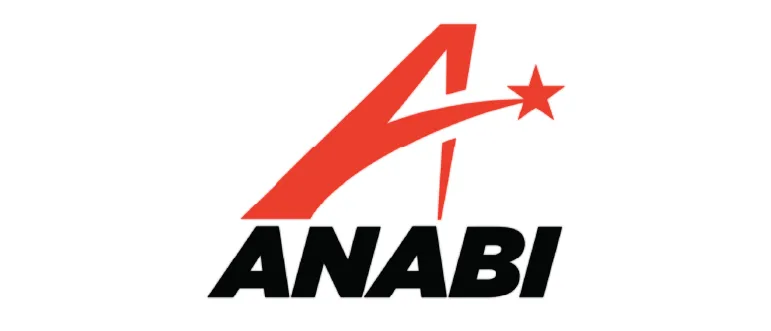Finding ways to connect with your shoppers and draw in new consumers is an ongoing effort that needs constant reevaluation based on market conditions, the evolution of shopping behaviors, trends and the economy. One trend that continues to shape retailers’ strategies is the self-care movement. As consumers take more responsibility and control of their own or their loved ones’ health and wellness, retail channels should consider how they can best attract and serve these shoppers. Based on consumer research conducted by Acosta for leading retail industry trade association GMDC|Retail Tomorrow’s Selfcare Roadmap and Hamacher Resource Group’s (HRG’s) analysis of the responses, this is the first article in a series of four examining consumers’ primary purchase intent — preventing, maintaining, recovering or caregiving. This article will concentrate on those shoppers focused on prevention.
 Let’s start with the demographics of the “preventing” group. Females represent 60% of this group. The average age of these consumers is 57, and those over age 37 represent a whopping 94%. Is it because those in their 20s and early 30s are in the “invincible” phase of their lives, and thus aren’t thinking about purchasing products that could help prevent future health or wellness concerns?
Let’s start with the demographics of the “preventing” group. Females represent 60% of this group. The average age of these consumers is 57, and those over age 37 represent a whopping 94%. Is it because those in their 20s and early 30s are in the “invincible” phase of their lives, and thus aren’t thinking about purchasing products that could help prevent future health or wellness concerns?
Shoppers with a prevention mindset can be found evenly spread across the country, and the largest section of the group is in the annual income range of $25,001 to $50,000. The second-largest section earns less than $25,000/year. Ensuring you stock both branded and private label products with a lower price point is essential when catering to the needs of these shoppers.
The prevention-focused shoppers’ preferred outlet is mass/discounter, with drug store coming in second and grocery third. Their intended purchases were for these top three health concerns: cough/cold/flu/throat, chronic pain and oral care. It makes sense that this group, with the majority being middle-age or older, identifies chronic and general pain relief as top categories, since conditions such as arthritis primarily affect the prevailing age range. Upper respiratory issues like cold, flu and allergy are among the top-three conditions for the remaining three groups — a universal concern regardless of age or self-care journey.
When looking for over-the-counter recommendations, two-thirds of consumers in this group are influenced by their physicians and their own research. Doing their own research beats consulting their physician by a very slim margin, 0.3%. Their next-most-trusted resources are friends/family, then pharmacists.
When asked about what could be improved upon to better serve them, this group indicated these top areas from a consultative perspective: better and more readable instructions; more educational material on the condition(s) they are trying to prevent; and better product packaging. Through the lens of shelf experience, their largest desires were for nonprescription products to be in stock when needed, and easier-to-find information on the brands’ and retailers’ websites. This indicates brands have room for improvement when it comes to packaging and directions for use, as well as making product information on their websites more available. It is also an opportunity to provide educational materials and help their retailer partners by supplying comprehensive product information and images for the retailers’ websites.
Retailers and brands can act on these insights to attract and serve the prevention-minded group of consumers in a number of ways. Looking at marketing alone, there are opportunities for outreach to health care providers; making in-store and online information available and easy to understand; and enhancing packaging. But this is just one segment of self-care shoppers; the challenge will be balancing the needs of each group.
The next article in the series will look at the “maintaining” consumer segment and ways to best reach them.
Megan Moyer is an industry researcher and writer with Hamacher Resource Group Inc., which focuses on improving results across the retail supply chain.





